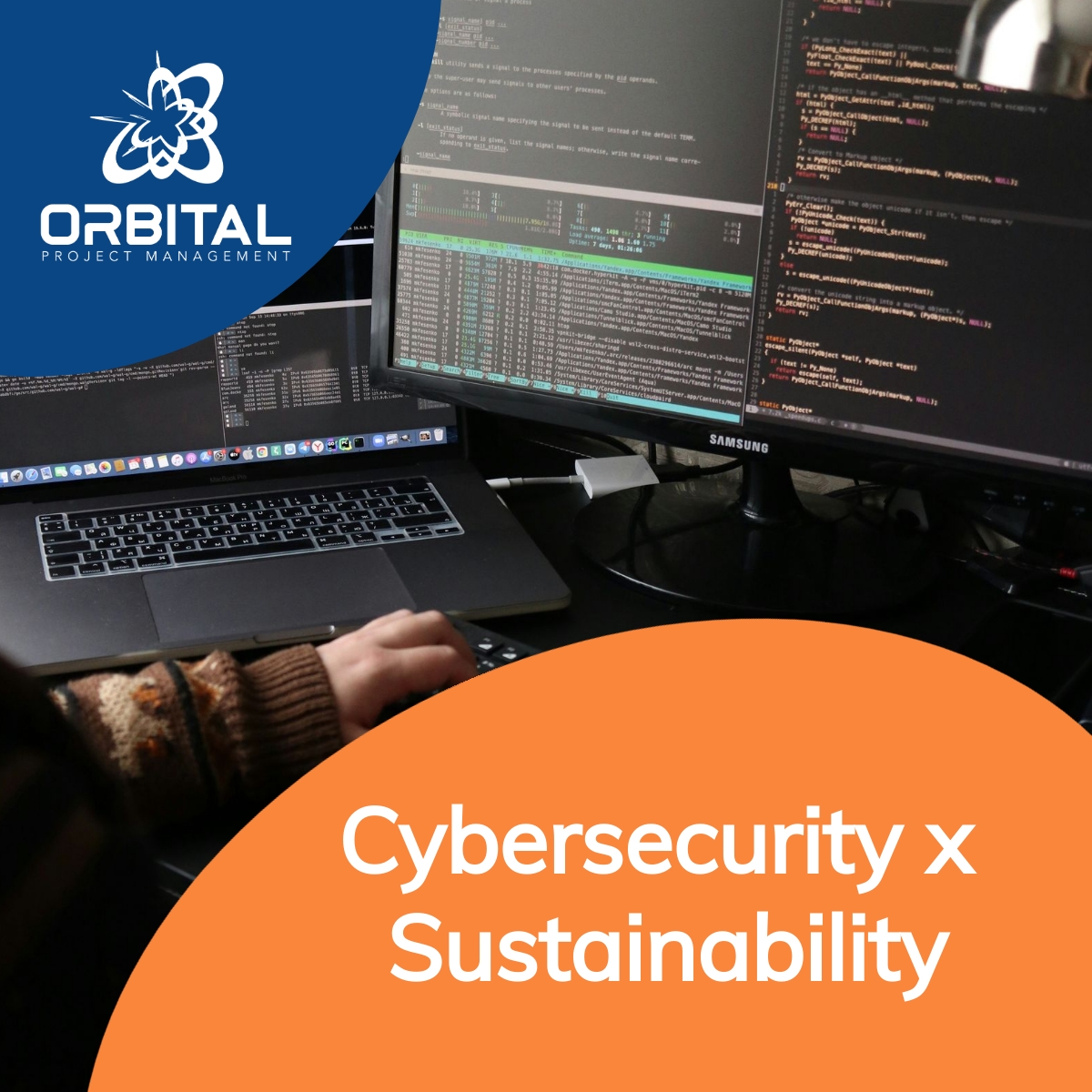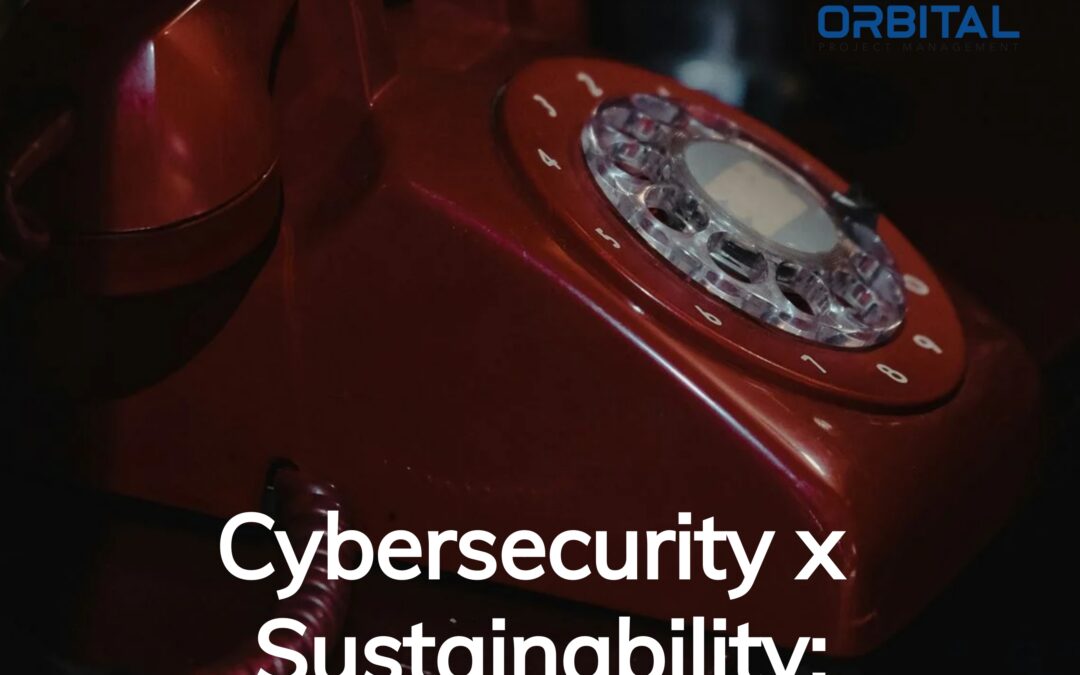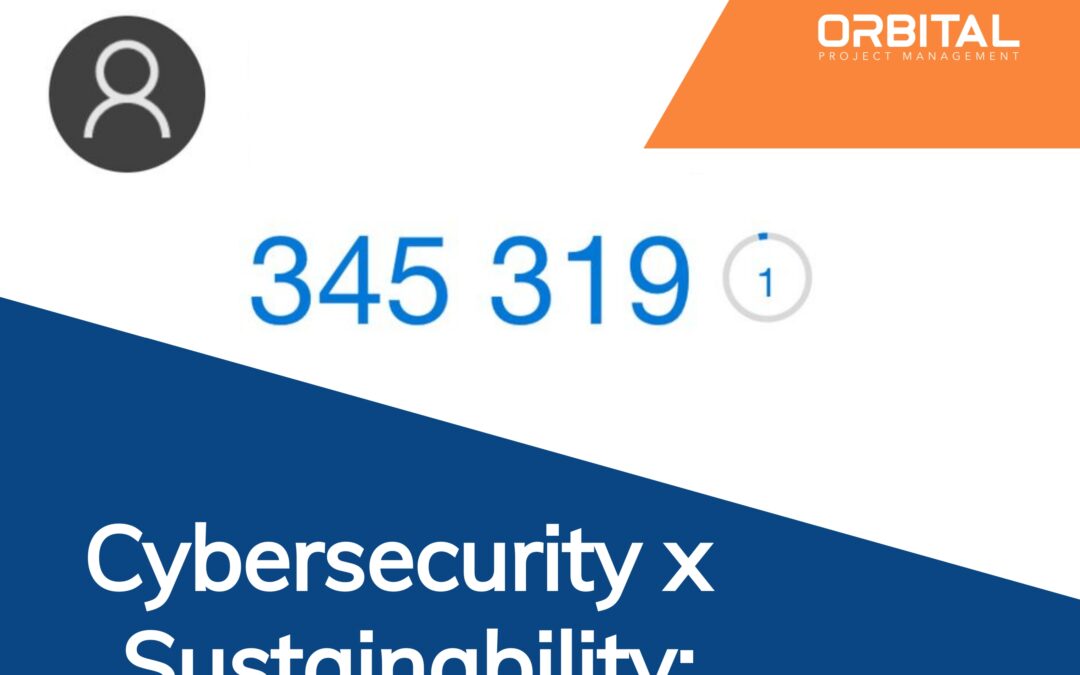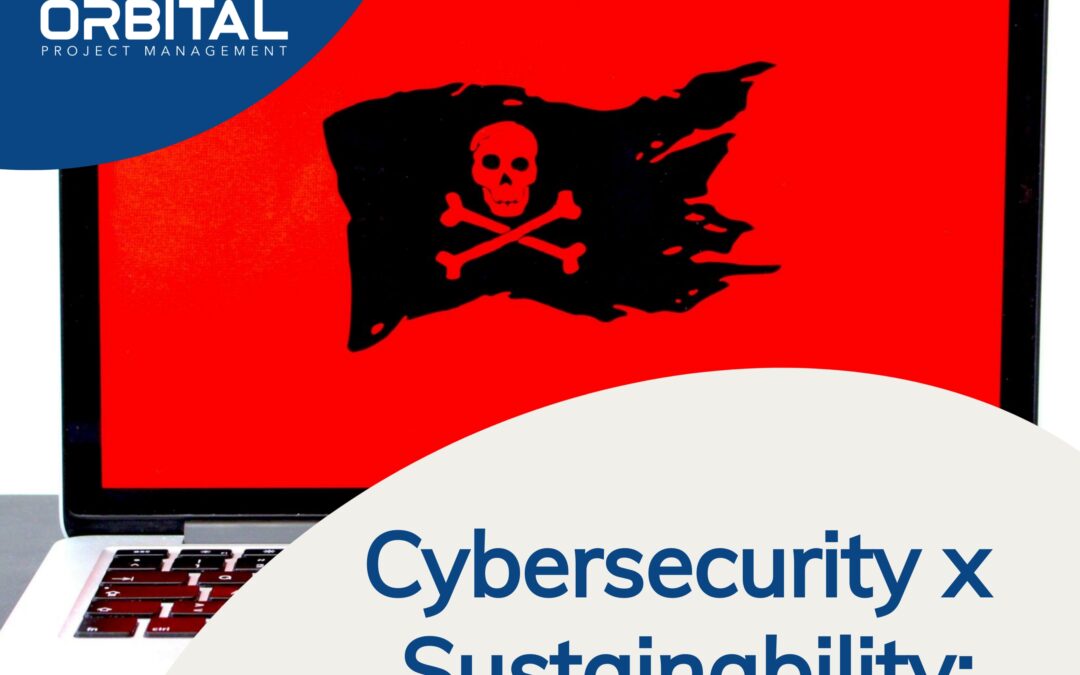Welcome to installment one of our Cybersecurity x Sustainability series. Over the next few months, we will explore the potential impacts that breaches and incidents may have and the ways we can all work to prevent hacker access and prepare for altered operations and recovery.
What Exactly is Sustainability?
Broadly defined, sustainability refers to practices that are able to be maintained over an extended period of time. This means that the practices are able to meet the needs of the present without compromising their continuity, people, or the environment in the future.
While “sustainability” is often regarded in the environmental sense, given the negative impact of current and past practices on Earth, expanded definitions include many other facets such as economies, communities, and adequate access to basic needs.
How Does Cybersecurity Come Into Play?
Well, it doesn’t knock on the front door and ask politely…
Cybersecurity risks and the far-reaching impacts they may have involve many aspects of sustainability. From hackers creating grid shutdowns to electronic banking systems collapsing, the day-to-day operations of most American communities are at risk.
Some hackers target individuals or companies, stealing personal data in breaches or launching ransomware attacks. Others aim bigger, for electronically-controlled operating systems such as power grids and pipelines.
Who is Impacted?
Dealing with compromised security following a data breach as an individual can be frustrating (ask me how I know, AT&T). But coping with major disruptions such as no access to heat, electricity, or the means to purchase food using a credit card can be downright devastating.
So, Where Do We Begin?
We believe a multi-pronged approach is best for managing cybersecurity exposure and incident fallout:
- Prevention – Educating ourselves, our family members, and our work teams about cyber risks: what they look like, how they work, and how to prevent them is key. Developing preventive practices such as forwarding “phishy” emails to the IT security team, running virus scans frequently, and completing training on best practices for electronic and data systems can minimize the occurrence of hacker incidents.
- Protection – Limiting physical access to equipment and hardware, installing and updating software for scanning data and devices, and immediately reporting anything that seems amiss is vital to safeguarding data and systems.
- Preparation – Having workarounds and backup measures in place to quickly deal with major impacts such as grid or banking shutdowns can improve the potential for individuals and communities to manage during a crisis until operations are restored.
Coming Up Next
Stay tuned for installment two where we take a deeper dive on prevention and the ways we can better understand and decrease the opportunities for hackers to breach systems.
Don’t miss out!
Sign up below and get The Nucleus delivered directly to your inbox.
Be sure to add us as a trusted sender…or risk it heading to the junk folder (if you’re doing all those cybersecurity things right).






